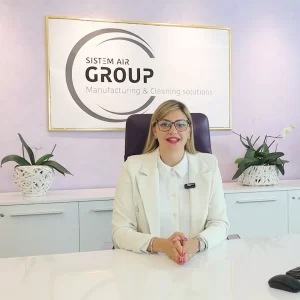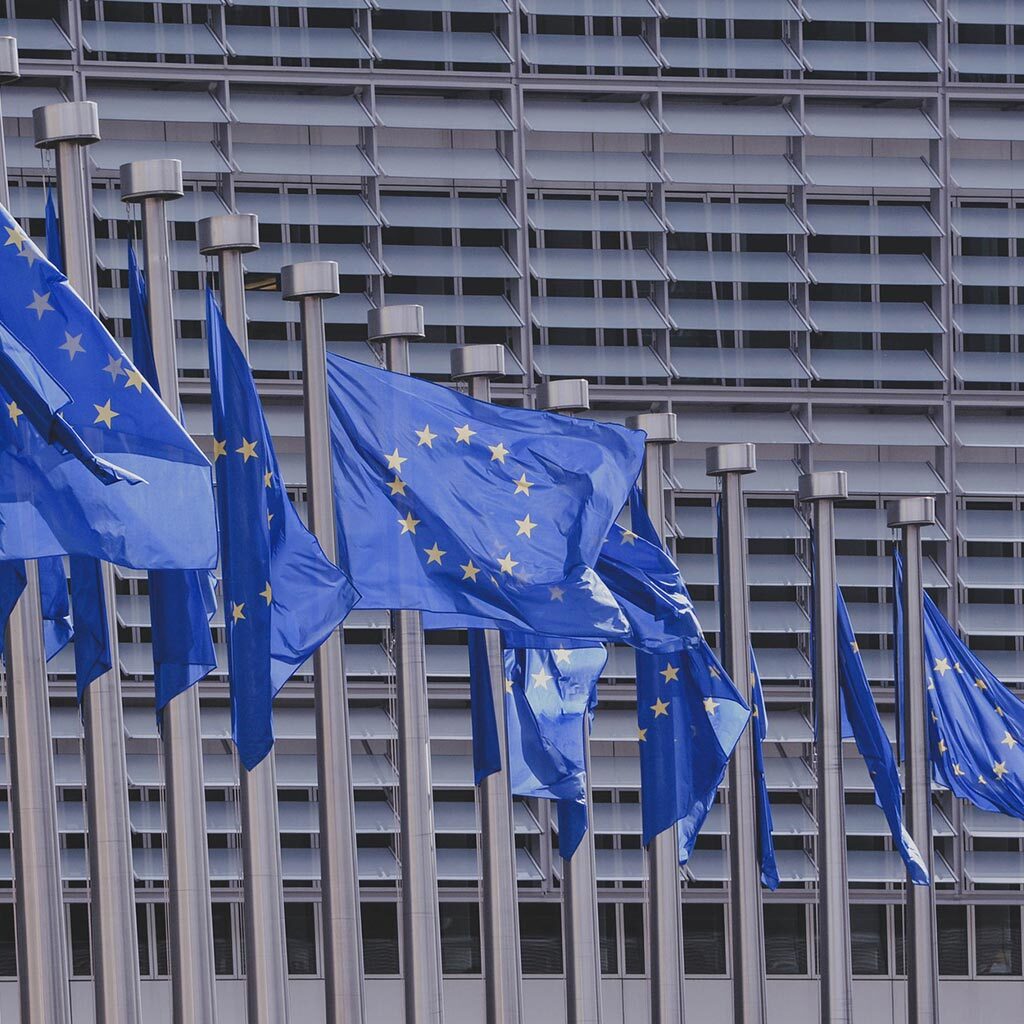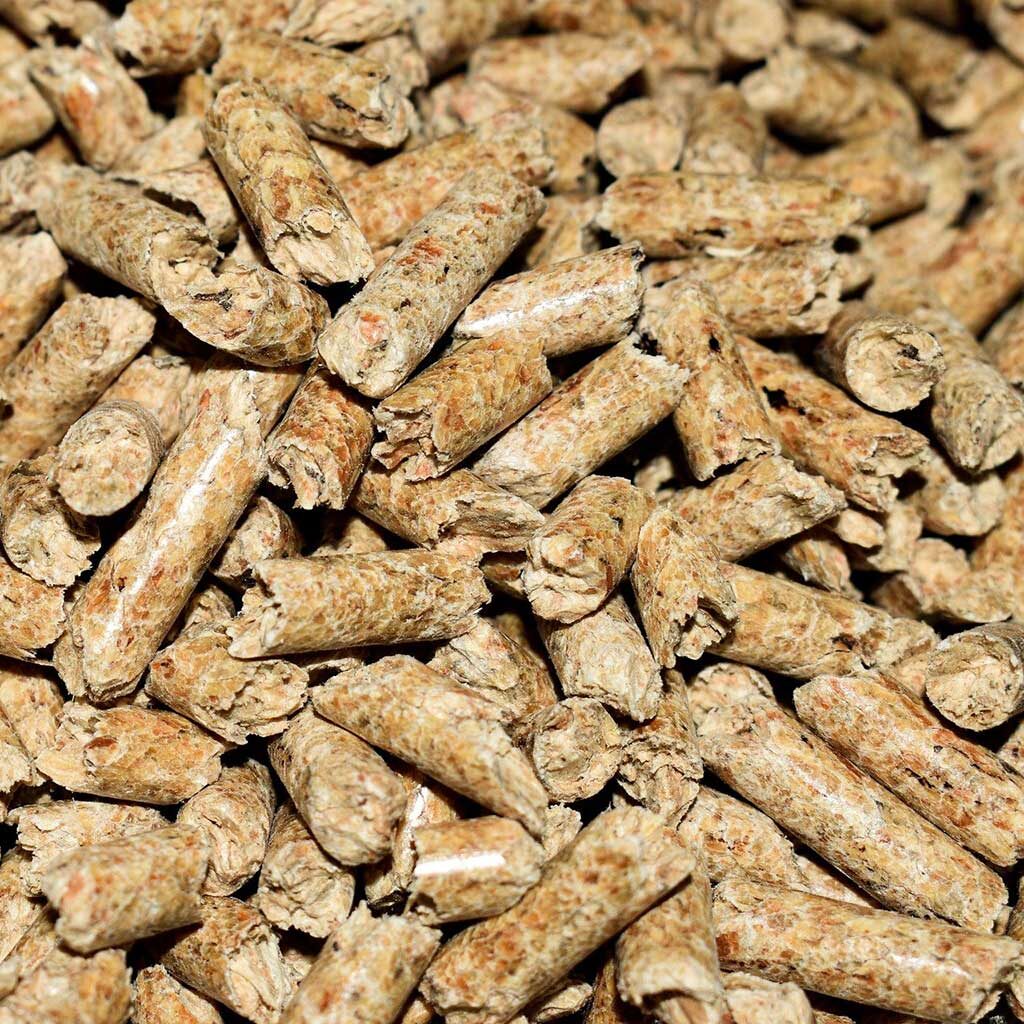
La nuova identità Sistem Air Group
L’evoluzione del logo del Gruppo esprime e anticipa la direzione aziendale determinata dall’espansione in nuovi settori e ampliamento della gamma prodotto

With Legislative Decree 199/2021, which was published in the Official Gazette on 30 November and came into force on 15 December, Italy has implemented the European Directive for the promotion of the use of energy from renewable sources, commonly known as RED II.
RED II defines the tools, mechanisms, incentives and institutional, financial and legal framework necessary to achieve the objectives of increasing the share of energy from renewable sources; dealing with the subject of renewables, the regulation also regulates some of the measures necessary for the implementation of the PNRR, the National Recovery and Resilience Plan for energy from renewable sources, in accordance with the PNIEC, the National Integrated Energy and Climate Plan.
The sustainability criteria on renewable energy are applied to electricity, heating and cooling (or fuel) installations using solid fuels from biomass and having a thermal input of 20 MW or more, or to those having a total rated thermal input of less than 2 MW and using gaseous fuels from biomass.
This legislative decree regulates the criteria applicable to all plants producing thermal energy from renewable sources that apply for incentives. These are minimum requirements that may be further raised in the decrees adopting the individual incentives. The criteria include both specific technological requirements for each type of generator, and requirements relating to the quality of the biofuels that can be used, including pellets.
In the specific case of pellet requirements, the Decree accepts the proposals previously made by AIEL, according to which only systems and appliances that use fuel that meets the following requirements can be incentivised:


It will therefore no longer be possible to access the incentives by using biofuels with self-declarations regarding the quality class of the pellets, nor laboratory analyses arranged independently by production and distribution companies, nor analyses carried out by laboratories that are not accredited or only partially accredited with respect to the analysis methods provided for by the ISO 17225-2 standard.

L’evoluzione del logo del Gruppo esprime e anticipa la direzione aziendale determinata dall’espansione in nuovi settori e ampliamento della gamma prodotto

Le energie rinnovabili, come il sole, il vento e l’acqua, giocano un ruolo sempre più importante nella transizione verso un’economia a basse emissioni di carbonio.

La proposta del Libro Bianco di Aiel per abbattere del 70% l’inquinamento da riscaldamento